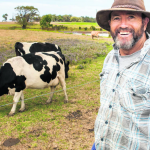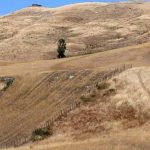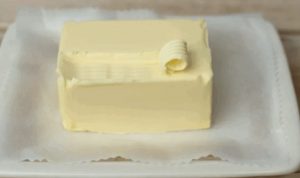
The Dairy Risk Assessment tool is an online questionnaire that helps a farmer to get an accurate understanding of the M. bovis risk on their farm. Used with their veterinarian, the tool can help a farmer make informed decisions about managing M. bovis risks and reduce possible spread of the disease on or off a farm.
The New Zealand Veterinary Association’s (NZVA) Chief Veterinary Officer Helen Beattie says dairy farmers should talk soon to their veterinarian about using the tool.
“It’s a critical stage in the season when farmers may be considering buying or selling herds; sharemilkers may be considering moving to new contracts; and contract milkers and managers are considering next season’s job,” she says.
“Other than feeding raw milk, the main risk factor in M. bovis spread is stock movement. Farmers should talk to their veterinarian about a dairy risk assessment consultation before making decisions about buying a herd, or moving cattle on or off their farm.”
During a consultation, farm management practices known to be a biosecurity risk are discussed with the farmer and recorded in the Dairy Risk Assessment tool by the veterinarian. The tool calculates the M. bovis risk assessment score and generates a risk rating of low, moderate, or high.
The result is available immediately and can be shared by the veterinarian with the farmer, along with recommendations to reduce risk.
Developed by New Zealand veterinary group XLVets and distributed by the NZVA, the tool has undergone almost a year of beta testing across the country, and has been refined as understanding of the disease has developed. It uses known transmission risks, including findings from reports released by the Ministry for Primary Industries about the epidemiology and risk of M. bovis spreading in New Zealand.
The Dairy Risk Assessment tool is used by registered veterinarians during on-farm consultations with their farming clients.
“As a dairy farmer’s trusted on-farm biosecurity advisor, a veterinarian is the right person for a farmer to seek reassurance that their stock, moving on or off farm, will not be exposed to greater risk,” Helen says.
“Veterinarians have an in-depth understanding of farm systems and animal diseases. An understanding of both is required to make informed recommendations on changes that can be made to the farm system that are practical and will have a real impact on reducing disease risk on-farm,” she says.
“The DRA is informative, affordable and it’s also faster and safer to carry out than surface-swabbing individual animals, which is required for laboratory testing. Individual negative (or not detected) test results are of limited value in understanding a herd’s true M. bovis infection status.”
More information about how farmers and veterinarians can get the most out of the tool can be found on the NZVA website.
“A risk assessment is a snapshot in time and should be conducted any time farm management practices change (for example, stock is moved or raw milk is purchased) or M. bovis test results are received. Inclusion of a risk assessment is suggested as part of an annual biosecurity review consultation.
“We know that the impact on a farming operation of unwittingly introducing M. bovis, leading to testing and potential culling, is huge. Using a simple tool like this will hopefully mean the spread of disease is reduced and as few farmers as possible in New Zealand have to endure such stress.
“We hope the dairy risk assessment tool will be a valuable asset to individual farmers, and to the wider dairy industry as it seeks to eradicate M. bovis,” Helen says.























